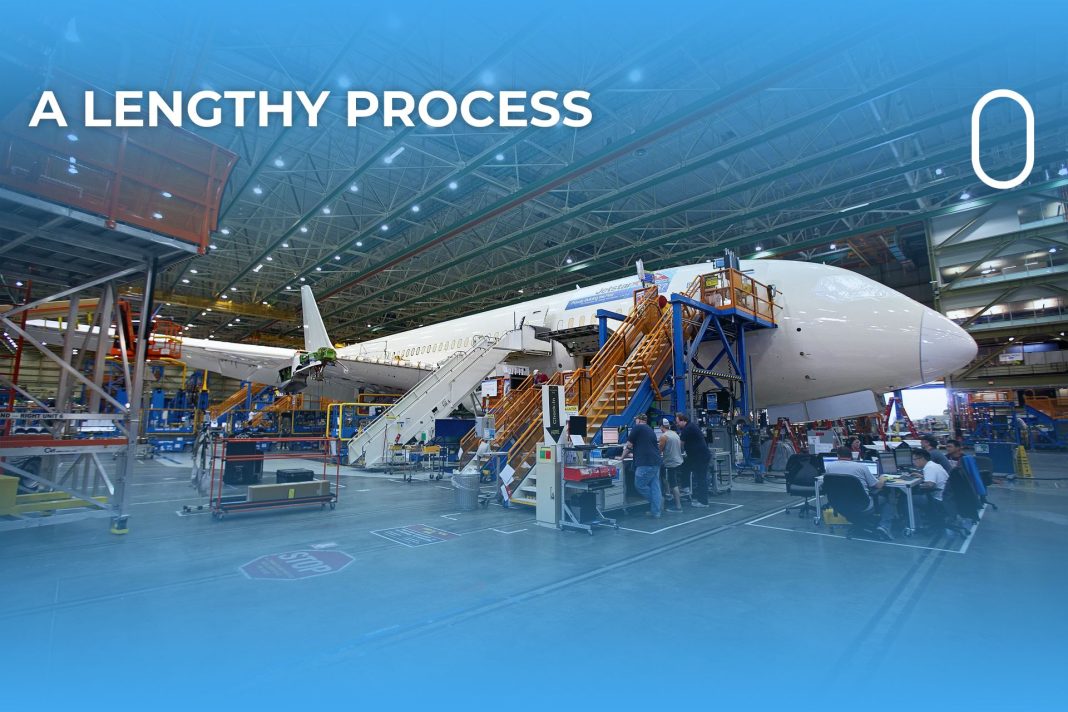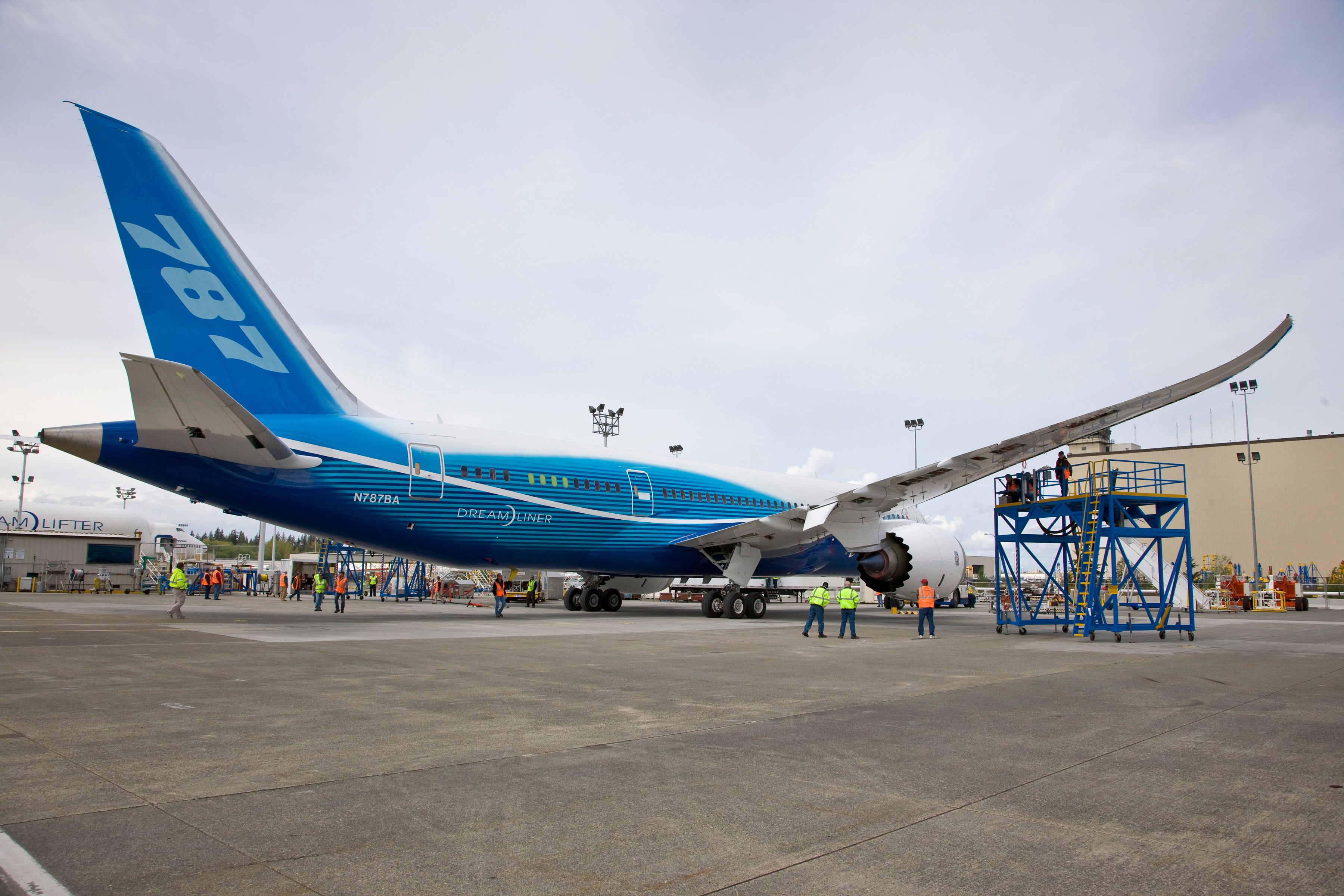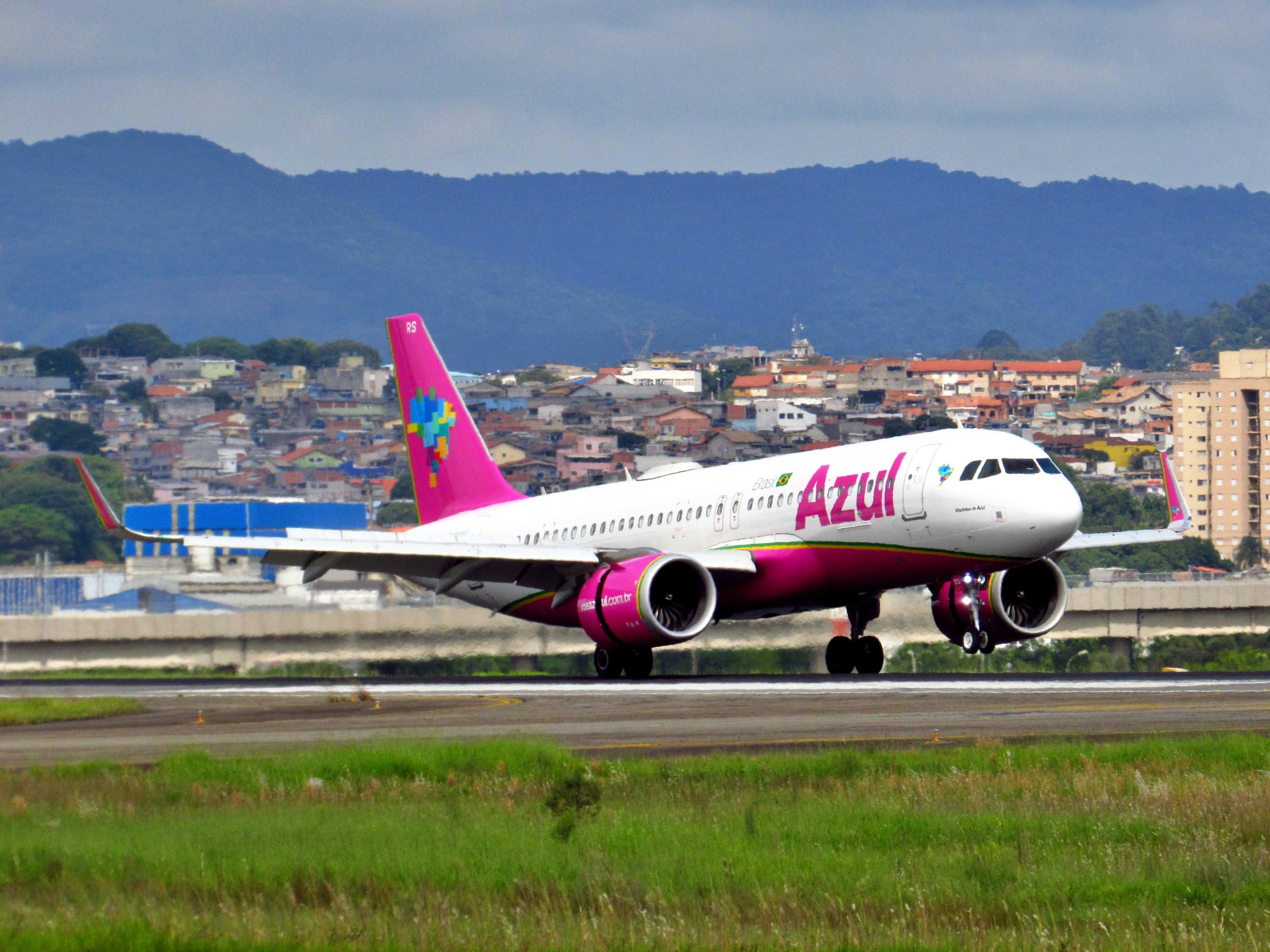Once aircraft manufacturers have convinced a regulatory authority that their design is sufficiently safe and mature for production, it is time to conduct ground and flight tests. A flight test program is established where all flight parameters are logged, evaluated, and documented.
The function and reliability testing of the aircraft and subsequent pilot training evaluation and validation occurs during the last phase of the flight test campaign. Completing and approving all ground and flight tests, including training and maintenance documents, will become the basis for approving an aircraft’s airworthiness certificate.
In the United States, Federal Aviation Administration (FAA) members conduct ground and flight tests. Flight tests can be done as a test oversight with the manufacturer, for example, Boeing, during their testing. The test pilots from the FAA may also independently perform specific ground and air tests to demonstrate that the aircraft meets FAA standards.
Requirements surrounding the number of flight hours or duration of tests depend on the aircraft’s type and mission requirements. The exact prerequisites are typically negotiated between the manufacturer and the regulator, including any reductions allowed by the regulator’s participation in other flight tests.
Photo: Boeing
If something fails a few times during the Functionality and Reliability testing phase, the regulator may require a root cause analysis and a robust rectification plan. The program may also test the Minimum Equipment List (MEL) situations and ensure the aircraft can be reconfigured for operation.
If there are deficiencies in the design, additional limitations could be added, or optional features may be removed to complete the certification process. For example, the Boeing 747-8 initially entered service without the ability to use the tail fuel tank due to problems discovered during flight testing. While the aircraft received the airworthiness certificate, the design limitation remained. The limitation was later removed after Boeing performed additional design and testing, and the regulators approved the results.
Certification Process
A comprehensive review of operational and maintenance documents is conducted upon successful completion of the flight test campaign. This includes the workflow for aircraft inspection, aircraft design, operational requirements, and maintenance documents. The manufacturer may produce between 500 and 1000 final documents (including those from the Type Certificate), structured so that the regulator can review for certification tasks and ensure that the aircraft complies with aviation safety regulations.
Photo: Azul.
When the aircraft passes all required checks, the regulator issues the airworthiness certificate. Notably, the regulator holds the authority to revoke an existing airworthiness certificate if the aircraft no longer meets its approved design requirements or is not in a condition for safe operations.
Project completion
Hundreds of thousands of pages of documentation are produced that show the compliance of the aircraft. In addition to the information required for certification, curriculums for crews, operational support personnel, and maintenance personnel must also be completed. All documents must be approved before the aircraft’s anticipated entry into service (EIS).
It may take months after the flight test campaign to receive validation and certification from regulators. But once an airworthiness certificate is obtained, the aircraft becomes operational and can be flown for service.
What are your thoughts about the road to airworthiness certification for commercial operations? Tell us in the comments section.
[ad_2]
Source link




